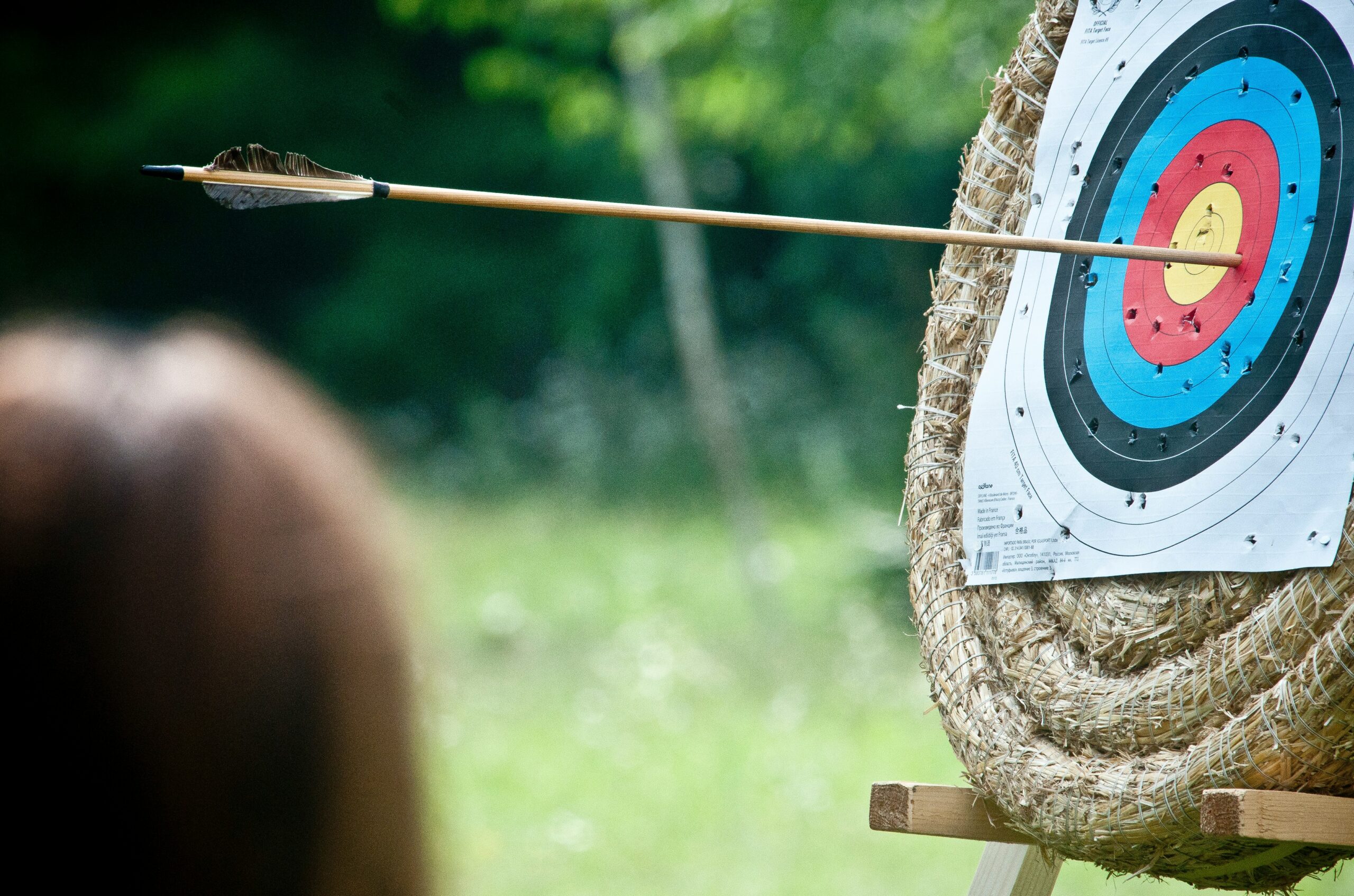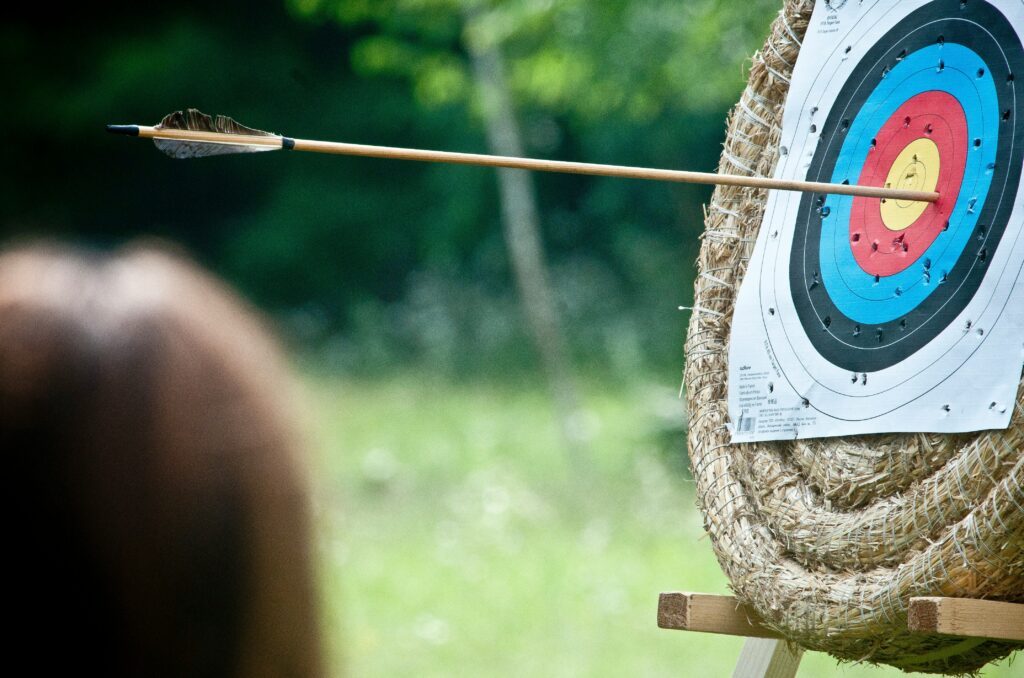Archery safety: Essential tips for staying safe on the range
Archery is a thrilling and rewarding sport that requires a combination of skill, focus, and discipline. Whether you’re a seasoned archer or just starting out, safety should always be your top priority. As with any sport that involves projectiles, there are inherent risks, but with the right safety practices, you can minimise those risks and

Archery is a thrilling and rewarding sport that requires a combination of skill, focus, and discipline. Whether you’re a seasoned archer or just starting out, safety should always be your top priority. As with any sport that involves projectiles, there are inherent risks, but with the right safety practices, you can minimise those risks and enjoy your archery experience to the fullest. In this article, we’ll go over some essential archery safety tips, including proper equipment, safe range practices, and how to handle arrows correctly.
By following these guidelines, you’ll ensure that your time on the range remains enjoyable and injury-free:
- Proper equipment: Essential protective gear
- Safe range practices: Rules to follow on the range
- Handling arrows: Storing and using arrows safely
- Practising safety for a better archery experience

Proper equipment: Essential protective gear
One of the first things every archer should focus on is proper safety equipment. While it’s tempting to get right into shooting, wearing the appropriate gear is crucial to protect yourself from potential injury.
Arm guards
Arm guards are an essential piece of gear for archers, especially beginners. They are designed to protect the forearm from the bowstring, which can snap back against your arm when you release an arrow. This can cause painful bruising, or even worse, an injury. Arm guards are typically made from lightweight materials like plastic or leather, and they should be worn on the arm that holds the bow. They don’t just provide protection from the string but can also help prevent distractions while shooting, allowing you to focus on your form.
Finger tabs
Another important piece of equipment is a finger tab, or a glove. These are worn on the fingers that pull the bowstring back and release it. Finger tabs are made from leather or other durable materials and protect the fingers from the friction and pressure of drawing the string. Without proper protection, you could develop blisters or cuts, which would make archery painful and hinder your performance. A well-fitted finger tab ensures that you can draw the bowstring smoothly and consistently without discomfort.
Protective gear for the face
If you’re shooting with a bow that has a higher draw weight or if you’re practicing in a competitive environment, a face guard or mask can provide additional protection. These shields help prevent injury to the face if there’s an accidental release or if an arrow misfires. Though not always required, they are an excellent precaution, particularly when working with heavier bows.
Safe range practices: Rules to follow on the range
Once you have the right gear, it’s time to focus on safe practices at the archery range. Archery ranges are shared spaces, often with multiple archers shooting at the same time. With so many people on the range, it’s essential to follow specific safety rules to avoid accidents.
Know where others are
Before you start shooting, it’s important to be aware of where other archers are positioned on the range. Always make sure that no one is in your shooting line or behind you when you release an arrow. Similarly, always check that the range is clear before drawing your bowstring. If you are unsure, it’s always best to wait and make eye contact with other archers to confirm that it’s safe to shoot.
Wait for the signal to shoot
A fundamental rule in archery is to wait for the signal to shoot. Most archery ranges use a system of signals, such as a whistle or a raised hand, to indicate when it’s safe to shoot and when it’s time to stop. Never shoot an arrow until the range officer or group leader has given the go-ahead. Shooting at the wrong time can result in accidents, particularly if someone is in the line of fire.
Check your equipment
Always make sure your bow and arrows are in good condition before shooting. A damaged bowstring, cracked arrow, or improperly set bow can cause serious accidents. Regularly inspect your equipment for signs of wear and tear, and replace or repair anything that’s broken or showing signs of damage. This simple step can save you from potential mishaps and ensure that your shots are as accurate and safe as possible.

Handling arrows: Storing and using arrows safely
Arrows are, of course, the main projectile in archery, and how you handle them can greatly affect your safety. Arrows should always be stored and handled carefully to prevent accidents.
Storing arrows
When not in use, always store your arrows in a quiver or a safe container. Never leave arrows lying around on the ground or in places where they could become a tripping hazard. If you’re at the range, make sure your quiver is within easy reach but doesn’t get in the way of other archers. A good quiver will keep your arrows organised and prevent them from getting damaged or lost.
Handling arrows
When removing arrows from the target, always do so carefully. Never pull on an arrow without stabilising it with your other hand, as this could cause the arrow to snap or break. If you’re unsure about how to remove an arrow safely, ask an experienced archer for advice. It’s also a good idea to wear gloves when handling arrows to protect your hands from sharp tips or broken fletching.
Transporting arrows
If you need to transport your arrows to a different location, always use a sturdy and secure quiver or carrying case. Arrows are delicate, and if they are improperly stored, they can be damaged, which may affect their flight or cause dangerous issues when shooting. Transporting your arrows in a safe way not only protects your gear but also ensures that no one gets accidentally injured.
Practising safety for a better archery experience
Archery is a fun and challenging sport, but it’s important to remember that safety should always come first. By wearing the proper protective equipment, following safe range practices, and handling arrows with care, you can minimise the risk of injury and ensure that your time on the range is both enjoyable and safe. Archery requires focus, discipline, and respect for others, and when everyone follows these safety rules, the sport becomes a rewarding and injury-free experience for all.
“You don’t shoot for the bullseye. You shoot for the center of the bullseye. It is the focus on perfection that leads to the bullseye.” – Unknown Author
So, before you pick up your bow and arrow, take a moment to consider your safety and the safety of those around you. Stay safe, shoot straight, and most importantly—enjoy the sport!